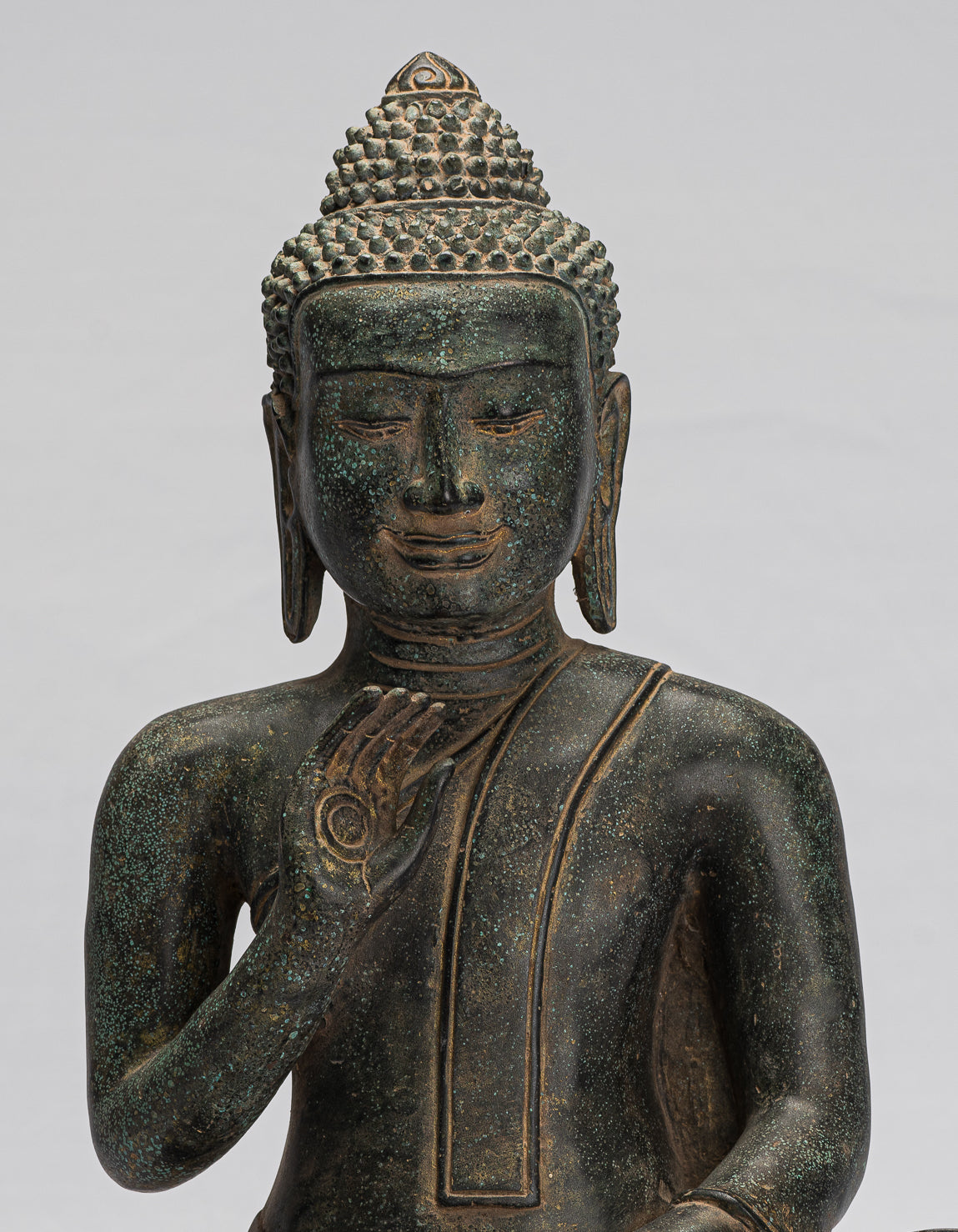
Can a Non-Buddhist Have a Buddha Statue?
By Amy Underdown, London, UK
There are many questions about whether it is okay to have a Buddha statue if you are not a Buddhist. Many may fear that having a Buddha statue is disrespectful if they don’t fully ascribe to Buddhism as a way of life. However, these concerns can be put to rest. It isn’t disrespectful to have a Buddha statue as a non-Buddhist, so long as you understand what it is that your artefact represents and know how to treat your statue as it should be.
The key thing to note is that Buddha statues don’t have to be used exclusively for meditation and Buddhist worship. Whilst meditative guidance and the replication of the sensation of a Buddhist temple is exactly the reason why many Buddhists are drawn to having statues in the home, different statues can mean different things for everybody. There is nothing to say that individuals cannot draw other meanings from the statues they bring into their space.
Buddhist values, for instance, resonate with many individuals beyond the scope of religious affiliation. Empathy, kindness and selflessness are all inherent to Buddhism, as well as an innate care of the world around us. Having a Buddha statue can simply serve as a reminder to live through these values in your daily life. The same can be said for the aura of positivity that can be brought into the home through a Buddha statue; the serenity and tranquillity of such a Buddha statue can transcend into any way of life. Many may find that having these physical reminders around their house can be beneficial to positive mental health and maintaining an optimistic attitude.
Not only this, but there are different types of Buddha statue with varying meanings, all communicated through body and hand positions. If someone was to opt for a statue purely for meditation purposes, for instance, then a Meditation Buddha would be a good choice. Yet, there are plenty of statues which cater for these other aspects of Buddhism. A Contemplation Buddha, for example, can help with self-confidence, as its resolute and calm energy symbolises determination, humility and tolerance. Or the Calling the Earth to Witness Buddha, which symbolises Buddha in the moment he was able to overcome the Earth’s demons and reach enlightenment. This statue would be useful for those seeking to overcome obstacles in their own life. If it is generosity you want to inspire, then the Varada or gift-giving Buddha may be preferable, or the Abhava Buddha if it is fearlessness that you seek.
One other Buddha statue that we often forget about in these kinds of discussions is the Laughing Buddha. This is one of the most recognisable art forms associated with Buddhism and is found in non-Buddhist households and establishments all over the world. We all recognise the head thrown-back in laughter and the giant belly of this statue, which if you rub is said to bring great wealth and prosperity. As a matter of fact, this statue doesn’t represent the Buddha himself, but rather a Chinese monk. Nevertheless, his existence and popularity demonstrate exactly how open Buddhism is to everybody.
The list of different Buddha statues can go on and on… in fact, we have a full list of all the different types of Buddha statues so that you can find the one most suitable to your personal aspirations.
The other element which is equally important when buying a Buddha statue is a non-Buddhist is to ensure that the statue is still treated with reverence and respect. You should avoid, for example, keeping your Buddha statue in toilets, walkways, or below eye-level. As a rule of thumb, if you treat your Buddha statue like you would any renowned guest in your home, you should be good to go. This also means keeping your statue clean and free of dust, as well as not embellishing it with any unnecessary artistic tweaks of your own.
If you stick to these levels of respect for your statue, alongside understanding why it is that you have chosen your statue in particular, it is perfectly fine (if not encouraged!) to bring a Buddha statue into your home. It is a very individual way of life and is open to all, so long as you are equipped with the respectful understanding of how to look after your artefact.


